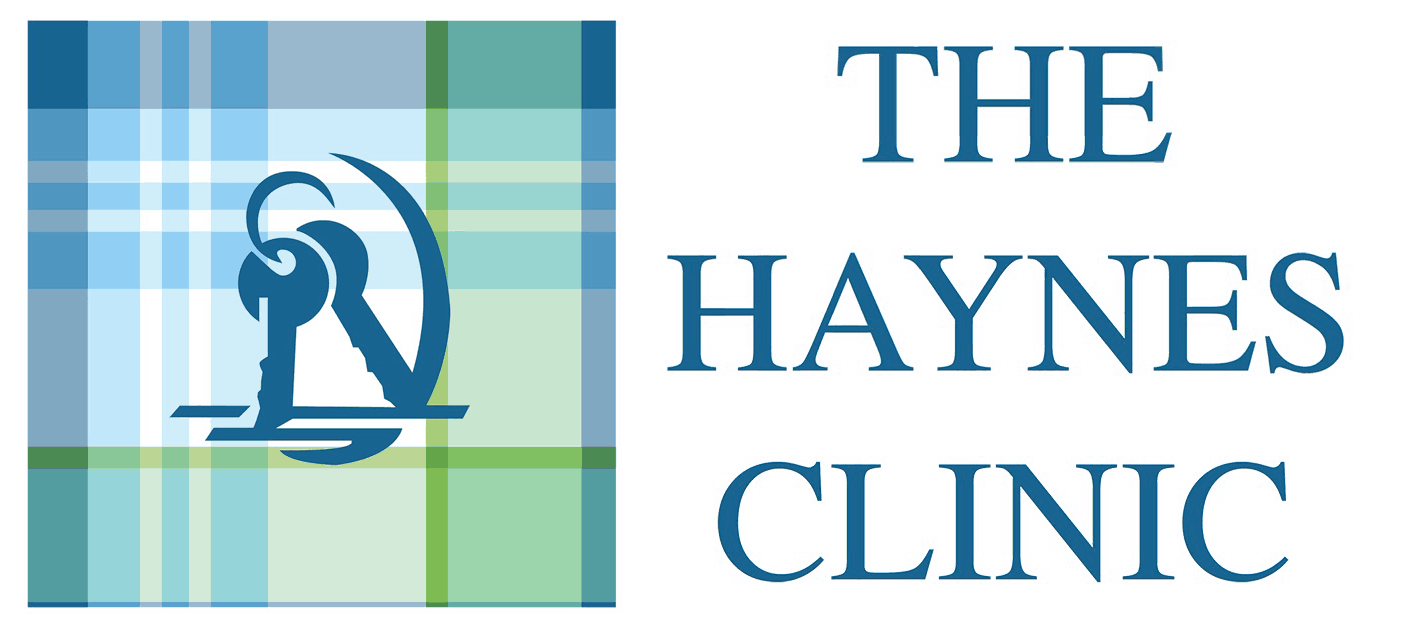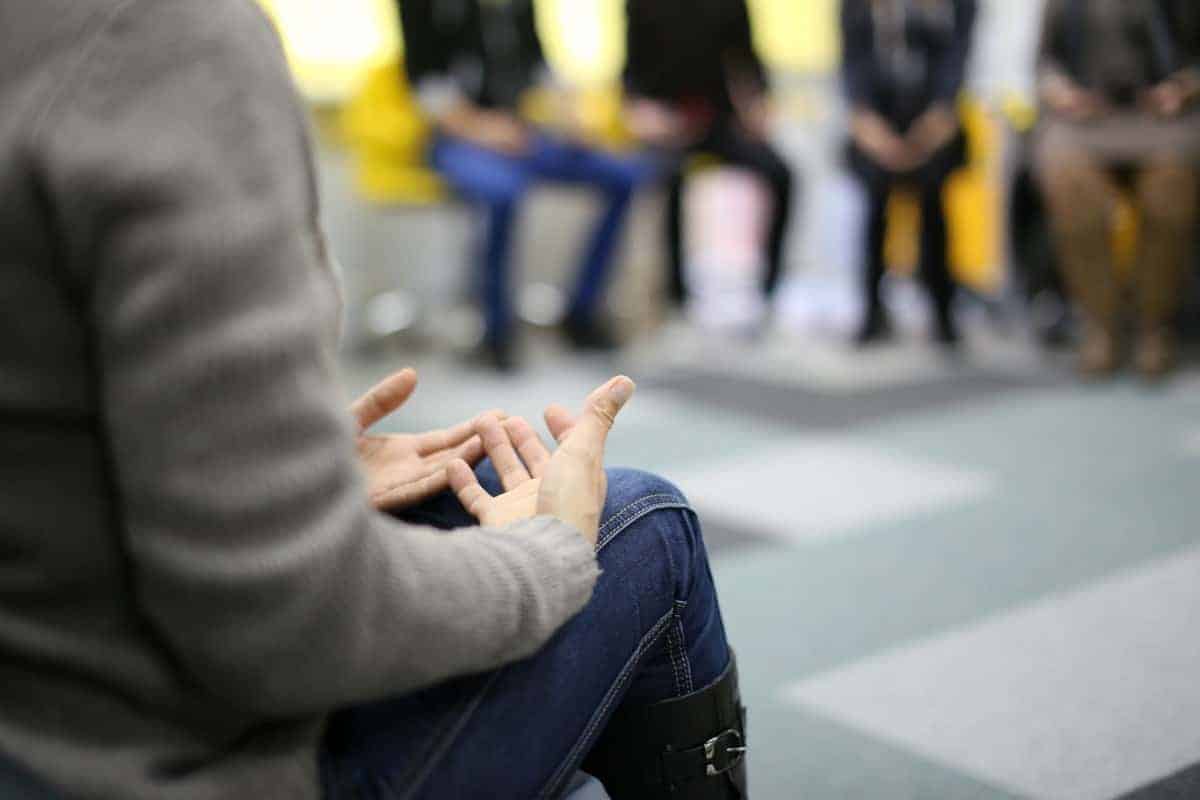Types of Eating Disorder and an Approach to Their Treatment
Of all the addictions, eating disorders – whether they manifest in the form of anorexia, bulimia or overeating – or any combination of these – are the hardest to successfully treat. For all other addictions, the starting point can be total abstinence. Not so for eating disorders as obviously we all need food to live.
There are very few specialist eating disorder clinics in the UK. There are a number of general addiction clinics and some of these clinics may be able to help with an eating disorder – though they will not claim to be specialist in this area. Addiction clinics often encounter eating disorders when treating other addictions. Sometimes the eating disorder is a secondary addiction i.e. it started after the other addiction and is not as active and powerful in the person as the drug or alcohol addiction. Sometimes it quickly becomes obvious that the eating disorder came first and is the prime addiction, the substance addiction following in its wake.
Whichever of these is the case, it is important that the eating disorder is addressed as, if it is not, the addiction remains active within the individual and one will inevitably follow the other.
Binge eating

Let’s look at eating disorders in the form of binge eating. People with this form of eating disorder tend to:
- Think of food not as a means of satisfying hunger but more as a reward for a difficult experience
- Use food to ‘comfort eat’ even when not hungry.
- Continue to eat even when full
- Prefer to eat alone not in company; this is at least in part because they are aware that others note and are concerned by their excessive eating
- Have fluctuating weight. Even when trying to diet they may put on weight. They may have a wardrobe with clothes of varying sizes.
- Feel defiant about their eating, as well as disappointed in their consumption
- Graze throughout the day rather than allow themselves to get hungry.
- Make themselves sick to ‘purge’ themselves of the food they have consumed
Foods to avoid
Certain foods can be a trigger. These types of foods tend to make eating difficult to control or they may set off bulimia – they include sugar and refined carbohydrates, such as white flour. People with an eating disorder – whether anorexia, bulimia or overeating – are advised to avoid these foodstuffs as they are foods that affect people’s mood and lead to an unhealthy relationship with food.
The problem is not only in what we eat
However, people with an eating disorder – like people with other addictions (and an eating disorder is a form of addiction in that it is an obsession with food, whether eating or not eating it) – do not only have a problem only with food. As with other addicts, the problem lies within themselves.
Treatment for an eating disorder
A healthy diet
As many people are aware, good treatment for the alcoholic or drug addict is two pronged: treatment for the physical addiction which involves total abstinence; and treatment for the inner person. With eating disorders total abstinence is obviously not a solution. However, total abstinence from the trigger foods – sugar and refined carbohydrates – is, and this is strongly suggested for anyone wanting to recover from an eating disorder. The other way the physical issue with food can be treated is to have regular and sensibly portioned meals. The individual with an eating disorder is advised to eat three meals a day: breakfast, lunch and dinner. They should eat nothing between meals. Their healthy daily diet should include, in rough proportion:
2 – 3 ‘servings’ of milk, yoghurt and cheese
2 – 3 ‘servings’ of meat, poultry, fish, beans, eggs, nuts
2 – 4 ‘servings’ of fruits
3 – 5 ‘servings’ of vegetables
6 – 10 ‘servings’ of bread, cereal, rice, wholemeal pasta (avoiding white flour)
Fats and oils should be used sparingly. Salt and spices should not be added to foods.
The size of a serving will depend on the body type and nutritional need of the individual.
For the under-eater, eating this amount of food will be a challenge. For the over-eater, it will seem too little. The purpose is to get to a healthy body weight and to consume a healthy diet.
So that is the physical side of the addiction dealt with – what should be eaten. It will not on its own solve the problem.
Body dysmorphia
The individual may have body dysmorphia. This is a state of mind which is difficult to treat. The underweight or healthy weight person may see themselves as overweight; the overweight person may not recognise this. Successful treatment of this condition comes from finding out that the sufferer is not alone: by talking to others with body dysmorphia, and recognising that their views of their appearance are distorted, this allows people to get some understanding of their own mistaken views.
Why do people get eating disorders?
Aside from a healthy diet and understanding that the way we see our bodies may not be reflected in reality, we also need to come to some understanding of why we have an eating disorder. Like others with addictions, it may come from a feeling of low self worth, anxiety, lack of confidence in ourselves, or from some trauma, often in childhood (but not necessarily so). People with eating disorders need to learn to see themselves differently and to get a new way of viewing their life and the possibilities that are offered. For this, as with alcohol, drug and gambling addiction, there is a Fellowship (unhelpfully called Over Eaters Anonymous – but which caters for all eating disorders, including anorexia and bulimia) and there is a Twelve Step Programme.
Help through a Twelve Step Programme
In summary, the 12 Steps are something like this:
Step 1 – We admit we are powerless over our eating disorder and that our lives have become unmanageable
Step 2 – We come to believe that a Power greater than ourselves can restore us to sanity
Step 3 – We make a decision to turn our lives over to the care of God as we understand him
Step 4 – Make a searching and fearless moral inventory of ourselves
Step 5 – Admit to God, to ourselves and to another human being, the exact nature of our wrongs.
Step 6 – Are entirely ready to have God remove these defects of character
Step 7 – Humbly ask Him to remove our shortcomings
Step 8 – Make a list of all the persons we have harmed, and become willing to make amends to them all
Step 9 – Make direct amends to such people wherever possible, except when to do so will injure them or others
Step 10 – Continue to take personal inventory and when wrong, admit it
Step 11 – Seek through prayer and meditation to improve our conscious contact with God, as we understand him, praying only for knowledge of his will for us and the power to carry that out
Step 12 – Having had a spiritual awakening as a result of these steps, we try to carry this message to those with an eating disorder and to practice these principles in all of our affairs.
So though very challenging, it is possible for people with an eating disorder to recover, just like other addicts. Those with an eating disorder and another addiction are strongly advised to get help for all their issues together, in order to get completely better and not to let one addiction lead them back into the other.



